Live export for slaughter has farmer opponents as well
Comment by Patrick Francis
In a recent blog the Australian Farm Institute’s director Mick Keogh provided a counter explanations for many so called animal rights groups ‘facts’ about the live export sector. In doing so he highlights two major shortcomings associated with support for the trade. Firstly, he fails to mention that there are farmers who will not sell their animals for live export, and secondly, the bottom line is preventing cruelty to livestock.
The Australian sheep and cattle industries have been remiss not to survey farmers to gauge their views about live sheep and cattle exports for slaughter, and live exports of breeding animals.
One of the features of media coverage following “Bloody Business” on Four Corners was the number of farmers writing to say they didn’t support live exports for meat and would not consign their animals for slaughter overseas because of their reservations about how the animals would be treated. The percentage with this view has never been identified (to my knowledge) most likely because it would provide an argument to phase out some of the trade in favour of domestic processing.
Perceived public views about farmers support for live exports are based on the opinions of so called farmer representative organisations and industry group office holders. These all seem to be unofficially connected as their views on this topic are universally in favour of live sheep and cattle exports for slaughter – even when some organisations have a majority of members with no involvement in the trade, eg NSW Farmers and Victorian Farmers Federation.
The premise of Keogh’s blog article is that some animal activitists groups are using facts about the live export industry that “…are at best highly contentious, and in many cases blatantly wrong.” He suggests that “… truth is the first casualty in any war and that is certainly the case in relation to the current ‘war’ on live animal exports..”
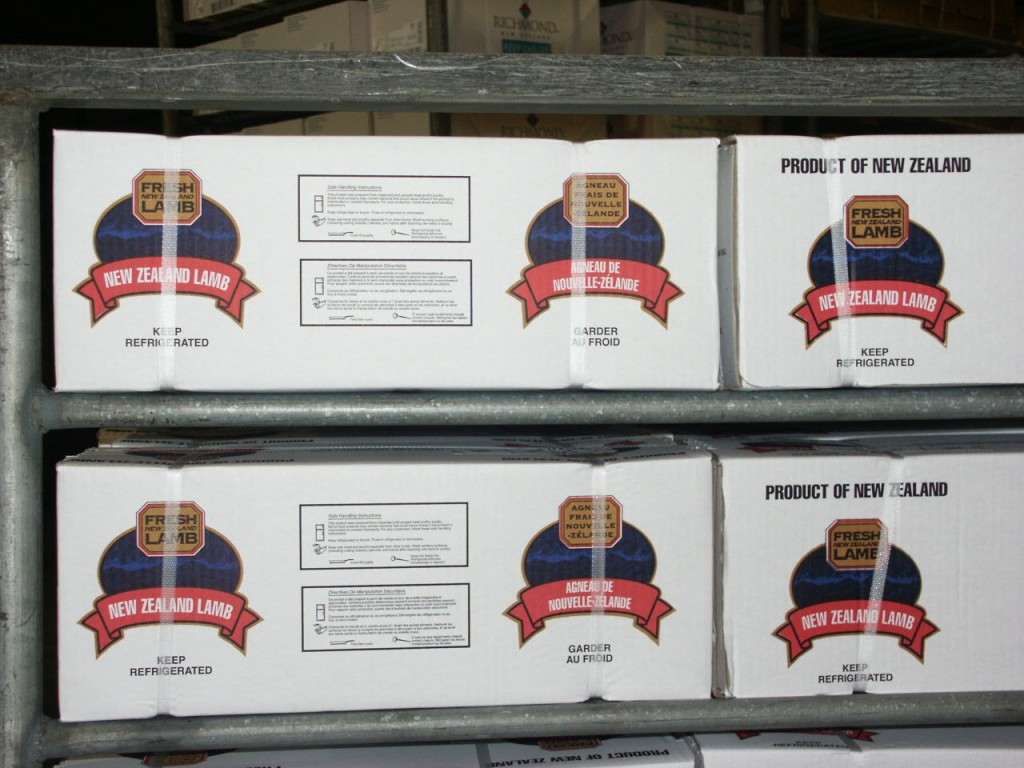
That statement could also be applied to Keogh when he fails to reveal the attitudes of the Australian livestock farmers who would not export their live animals. As well, there is no mention of New Zealand farmers whose organisations decided 10 years or so ago not to participate in the live export industry and only supply markets with chilled or frozen meat.
Similarly Australia’s organic registered livestock farmers could be labeled as anti-live export activists because they do not participate in live exports. Recently the largest organic certifier, Australian Certified Organic wrote in a media release that live export is not permitted under organic standards.
“So you (consumers) can be assured that the meat you’re eating supports farmers and graziers who don’t participate in live export for meat.”
Irrespective of different views about the live export trade, the fundamental issue is not about how activists , farmers or consumers perceive the trade but whether or not cruelty can be stopped. There is no room to move on animal cruelty, it is inexcusable. The evidence is cruelty happens on a too frequent basis in some overseas abattoirs (and rarely in Australian abattoirs) and will continue to occur because of human imperfection. If more animals are processed in Australia there will be fewer opportunities for cruelty to occur.
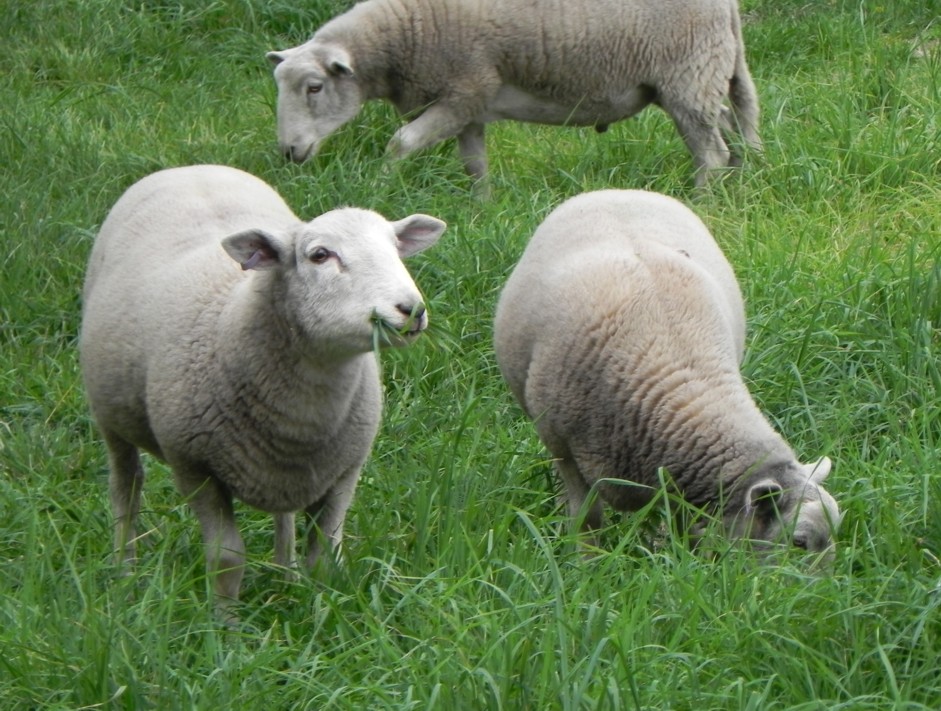
The decision making process needed is not simply about banning the entire trade, but phasing it out where the likelihood of abuse is greatest – that’s in the live sheep for slaughter sector. This could be achieved by providing incentives for processing businesses in WA to expand their operations. This is highly feasible for sheep processing as most of the animals exported are bred on farms in the south west corner of the state that already has processing works in operation. In contrast live cattle are sourced from an enormous area across northern Australia from the Pilbara to western Queensland where there is not one export abattoir (one is being built near Darwin). This means the live export of cattle to Indonesia for slaughter should be able to be maintained without animal cruelty if mandatory stunning prior to slaughter is introduced in conjunction with the Exporter Supply Chain Assurance System (ESCAS). Most Indonesian abattoirs processing Australian cattle have voluntarily introduced stunning.
Even mandatory stunning plus ESCAS is unlikely to make a big difference to the incidence of cruelty in the live sheep trade. That’s because each live animal sector and market is significantly different from the point of view of individual animal capital value, travel distance cost, value adding and end product marketing. So animal welfare outcomes are inversely correlated with the value of each class of animal involved and the amount of value-adding undertaken by the purchaser. As the per animal price declines and value adding is minimised, potential for welfare abuse increases.
Slaughter sheep are a low per head capital investment compared to cattle with little or no value-adding involved in the export destination market place. Sheep can easily be ‘removed’ from the official supply chain after being landed at destination and transported in vehicles such as car boots to consumers homes. In contrast, live export cattle to Indonesia are much higher capital value and involve considerable value adding in Indonesian feedlots before slaughter in abattoirs. They are too large and undomesticated to be handled and killed outside of the official supply chain. Evidence in abattoirs since 2011 demonstrates that stunning cattle not only solves most cattle welfare issues associated with un-stunned animals but also makes conditions far safer for workers. ESCAS, compulsory stunning, plus on-going abattoir worker training should mean live export slaughter cattle trade can operate with low probability of welfare abuse in most markets.
Breeding animals for live export have even higher capital value and their welfare is generally ensured to maximise reproduction results. There should be no reason why this market cannot continue where ESCAS and mandatory stunning for slaughter once breeding status has ended, are in place.
Standards convener with Australian Organic Owen William reflects what the Australian sheep and cattle industries should be able to tell consumers when he says: “You don’t have to stop eating meat to avoid poor animal treatment. In fact by buying certified organic meat you’re saying you care about how animals are raised and slaughtered. You’re rewarding farmers and graziers who have made the choice to treat animals humanely. Certified organic abattoirs keep cattle in their social groups, provide comfortable holding pens with feed, water and bedding, don’t kill animals in the line of sight of other animals, and render animals unconscious before they’re killed.”
Such commitments to livestock welfare should not be confined to certified organic meat, they should be applicable to every animal processed for meat in Australia and live export slaughter cattle through the Exporter Supply Chain Assurance System once stunning is included as mandatory.
What Mick Keogh said
– Truth the first casualty in live exports war
Wednesday, May 22, 2013
There is a saying that truth is the first casualty in any war, and that is certainly the case in relation to the current ‘war’ on live animal exports that is being waged by a number of animal rights activists groups in Australia. The challenge for Australia’s sheep and cattle industries is to counter some of this misinformation, before it becomes accepted knowledge amongst voters.
Animals Australia has shot to prominence over recent years as a group spearheading the campaign to ban live exports from Australia. Their campaign in the wake of the ABC 4 Corners “Bloody Business” program, in conjunction with activist group GetUp, led to the suspension of live cattle exports to Indonesia in mid 2011, and the establishment of theESCAS system whereby exporters are required to track animals through to slaughter. The Animal Australia campaign has continued, fueled by judicious releases of video footage that purports to be evidence of continuing cruelty to cattle exported from Australia (although it is difficult to verify if Australian cattle are involved in the videos), and through the organisation’s website, which contains a large collection of information about the live export trade, all of it supporting a ban of the trade.
Some of the ‘facts’ Animals Australia uses in support of its campaign are at best highly contentious, and in many cases are blatantly wrong. Following are some examples of the information provided by Animals Australia on its website, in the form of questions and answers. As the subsequent commentary highlights, the Animals Australia information is either wrong, or highly misleading.
Q: Isn’t Australia the only country that currently invests money in the welfare of exported animals? Don’t we need to be involved in the trade to make a positive difference?
AA: Despite industry claims, Australia is not the only country that invests in animal welfare overseas. Through the OIE (World Organisation of Animal Health) America, Canada and Europe all provide
funding for animal welfare activities abroad.
This is a highly misleading answer. The OIE is the world organisation for animal health, and its role in the area of animal welfare is to develop and publish international animal welfare standards, and to hold conferences on animal welfare issues. Australia is one of the 178 member nations, along with the nations mentioned in the AA response. The OIE does not carry out any on-ground activities or programs aimed at assisting nations to improve animal welfare in the same way that Australia does (and only Australia does). To assert that membership of the OIE is equivalent to the sort of animal welfare programs Australia has implemented and funded on the ground in export destinations is completely and utterly false.
Q: What are the likely impacts on the Australian economy should the live trade be banned?
AA: Five separate economic reports over the past four years have confirmed that live exports are undermining Australia’s meat processing industry — an industry five times more lucrative than live exports.
Again – a very misleading answer. The five reports identified were all prepared either for Animal Welfare groups or for Meat Processors, and all broadly identify that if live exports were banned, there would need to be increased numbers of animals processed through Australian abattoirs, which would be advantageous for Australian meat processing companies. All of these reports assume that markets will be able to be found for the processed meat, and little consideration is given in these to the fact that Australia’s high meat processing costs would mean much lower returns for farmers. There is also the ‘minor’ problem that all of Australia’s meat processors are located in southern Australia, and the freight costs for cattle transported from northern Australia to these southern processors often exceeds $200 per head, making the option totally uneconomic for northern Australian cattle producers, as is being more than starkly demonstrated at the moment.
Q: Are there enough abattoirs to slaughter animals in Australia?
AA: There are around 8 million cattle slaughtered in Australia each year. In 2010, around 500,000 cattle were exported to Indonesia; with just over 400,000 exported to the same country in 2011. Thus, cattle exported make up only a small portion of the total cattle industry.
Indeed, even before the restriction on export to Indonesia came into place, only around half the cattle sent to market from the Northern Territory each year (around 600,000) were exported; with the rest being sent to abattoirs here. There are plans underway for several new abattoirs in the north of Australia, one near Darwin, and another being considered for Broome (WA) and a further one in Queensland. Many cattle originally destined for Indonesia from the Northern Territory and north Queensland were being slaughtered in Queensland during the one-month suspension of the trade last year.
Australia’s major sheep processors have confirmed that they have the capacity to process all sheep currently going to live export. Again, 32 million sheep are slaughtered in Australia each year, just over 2 million sheep are exported live.
The deception continues. Yes, there may be sufficient processing capacity in Australia in total, but not in locations from which live cattle are exported. There are no processing facilities in northern Australia at present, although one is under construction at Darwin. The seasonality and high costs of maintaining a processing facility in northern Australia, combined with a lack of cold chain logistics capacity has made such facilities uneconomic (despite many attempts) and to purport that ‘plans’ for new facilities amount to certain processing capacity is highly misleading. In the case of sheep, there may well be sufficient processing capacity, but history has shown that the ‘market’ is not seeking chilled or frozen product, but requires fresh, locally slaughtered meat to be supplied into local wet markets where refrigeration is generally not readily available. The premium available for ‘boat’ sheep over sheep destined for processing in Australia highlights the market reality that Animals Australia seems happy to ignore.
Q: What about the 10,000 people who currently rely on the live trade for their income?
AA: The vast majority of jobs currently supported by the live export trade will still exist when it is phased out and replaced with onshore processing. Truck drivers will still be needed to transport animals as will stockmen, animal handlers, people working at saleyards etc. A succession of economic reports have concluded that phasing out the live trade and replacing it with a meat only trade will in fact create jobs.
This answer is highly misleading because it involves two major assumptions – (1) that cattle processing capacity will be developed in northern Australia if live exports are banned, and (2) that it will still be economically feasible to produce cattle and sheep for processing, despite Australia’s very high processing costs. Both these assumptions are highly questionable, especially for the northern cattle industry. Deducting processing and transport costs from cattle producers returns means cattle production will be uneconomic in many regions and the industry in those areas will simply shut down – with the loss of jobs (many of these being indigenous workers) and economic activity in those regions. The ‘succession’ of economic reports consider the impact of the change on the meat processing sector assuming that livestock production will remain economic and that additional markets will be found – both highly questionable assumptions.
There is plenty of other ‘information’ on the Animals Australia website which is being used in support of its continuing campaign against live exports which is highly contentious and often misleading. The challenge for Australia’s sheep and cattle industries is to ensure that the misinformation is highlighted and corrected, before it becomes an accepted fact amongst voters.

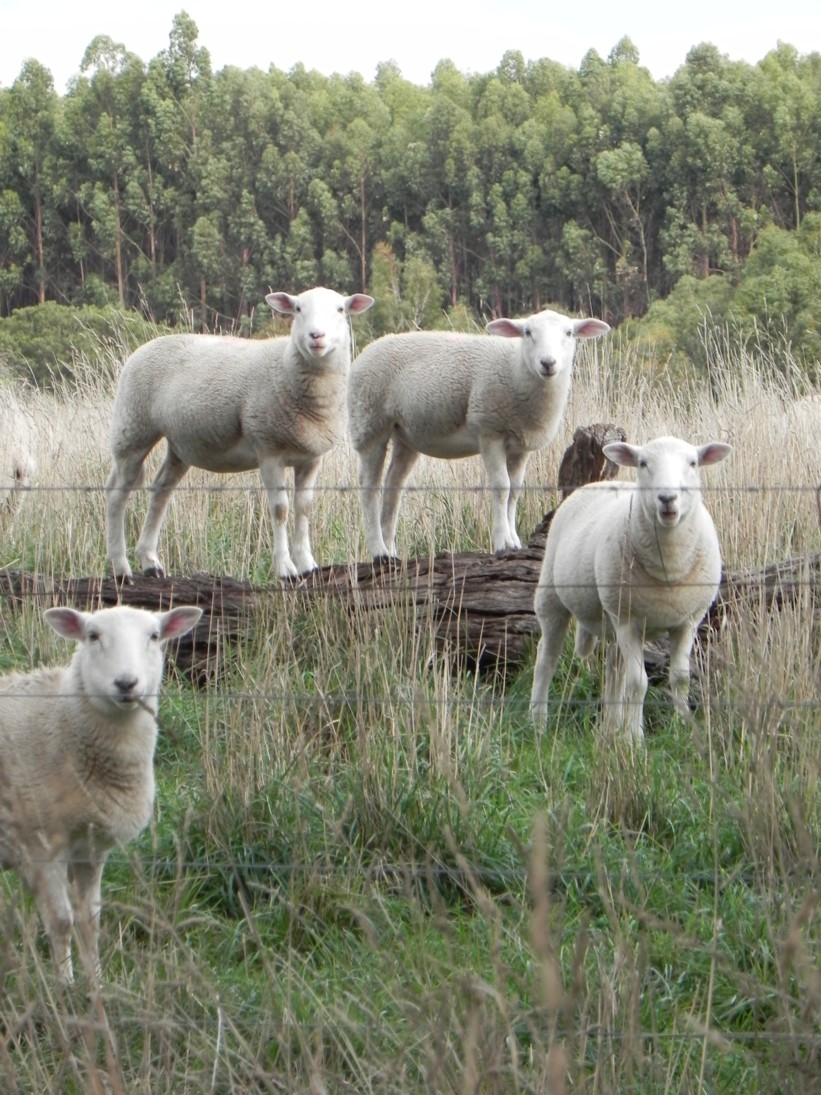

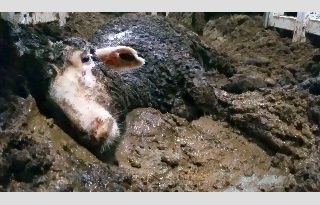
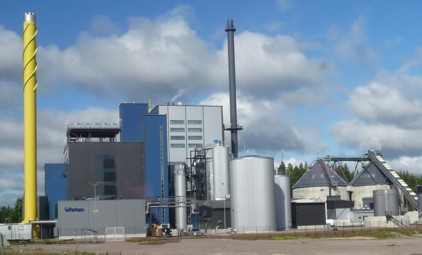
Hello Patrick,
I am of the opinion that live exports should be phased out completely because it is so cruel. After seeing how cattle were abused in Indonesia, Israel and Egypt and in some cases in ESCAS approved facilities, convinces me that it cannot be fixed. M1 and full inversion slaughter boxes, OIE standards that allow the slaughter of fully conscious animals and traditional roping slaughter, and importing countries that have no animal welfare laws are some of the reasons why. We can make no demands on importing countries. All we can do is try and encourage better welfare outcomes and even this seems impossible when, as in Indonesia lately, fatwas are issued against pre-slaughter stunning; the one small mercy that might have made this industry seem even remotely humane.